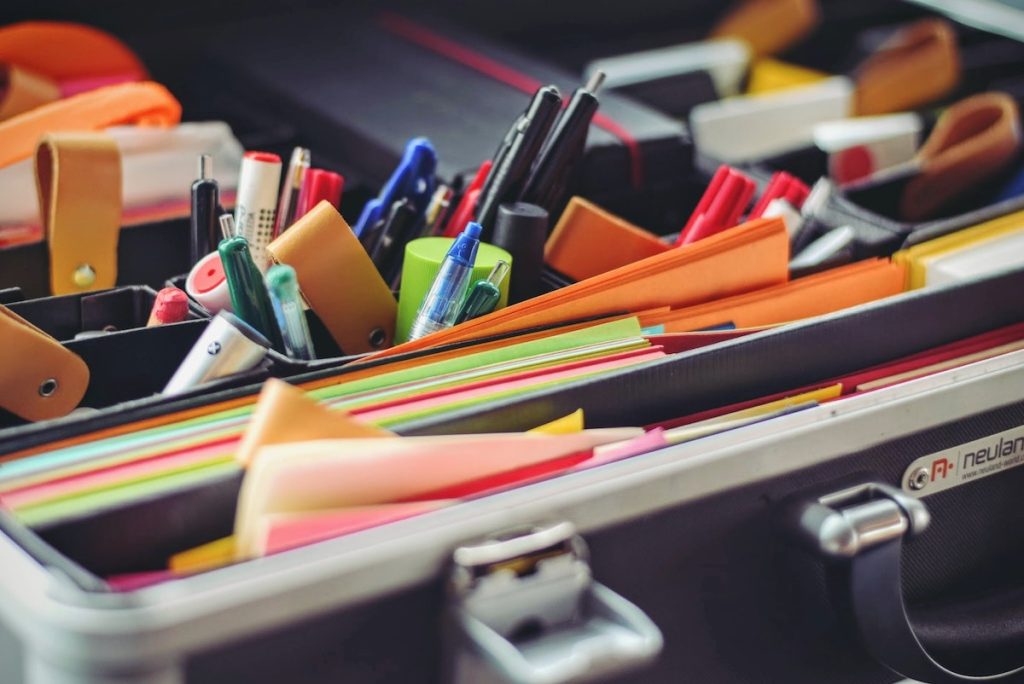For most retailers, producing or manufacturing quality products is not the only key to winning more customers. Getting your products safely to the customers is equally important since it fosters loyalty and trust. At the same time, stocking excessive packaging materials and shipping supplies will lead to increased costs, which can cut your bottom line.
If you are a small business, you’ve already got a lot on your plate: production, logistics, marketing and more. With all of these, planning the packaging materials for shipping is a challenge. What is the most cost-effective yet secure packaging to get your goods to your customer damage-free?
This guide is written for small business owners looking for the best way to ship their boxed packaged goods. Here you’ll read about different shipping containers, package branding and cushioning options.
Shop for the Right Container: Mailers and Boxes
Containers are the first step to your packaging process. Choose the right size containers, as well as those made from high-quality materials. For most businesses, the top choices are boxes and mailers.
A rule of thumb with shipping containers: your product should snugly fit the container. If you want to save on shipping and material costs, use the smallest box possible to keep your items from getting damaged during transit.
Most items will also need additional packaging materials. Fragile and delicate products, such as vases, will need plenty of cushioning for extra security. Consider the space of the container and the fragility of your products when selecting your shipping containers.
Here are the different types of shipping containers:
- Bubble mailer. These are waterproof containers lined with bubbles to protect your items. They are great if you want to add labels and are ideal for small items that don’t need additional packaging or cushioning.
- Double-wall box. These cardboard boxes have two layers of support, which makes them ideal for heavier products. They can be costly, but they prevent the loss or breakage of heavy items during transit.
- Polyethylene mailer. These containers are thin plastic bags that are nearly weightless since they don’t have padding. They are cost-effective and are great for using as a second layer of packaging. Use these mailers for soft and durable items or as a waterproofing layer for other containers.
- Corrugated boxes. These are your typical cardboard boxes, which are always great options for larger products (anything beyond 40 lbs.). They are more expensive than other shipping containers since they can hold more products.
- Fold-up mailer. A fold-up mailer is a flat cardboard container that doesn’t have additional padding. As its name implies, you can fold up the mailer after you’ve assembled it.
Select Void Fill and Cushioning

Next, choose the cushioning materials. Cushioning or void fill keeps your product safe and prevents them from sustaining damage in transit.
The different types of cushioning include:
- Bubble wrap. This plastic sheet comes with aerated pockets, which functions as cushions. It’s a lightweight material that comes in different shapes and sizes. Despite being light, it can consume space in the boxes.
- Foam rolls. These are large sheets of polyethylene that most businesses use to wrap delicate objects. These rolls are ideal for glass and ceramic pieces.
- Packing peanuts. Packing peanuts are Styrofoam pieces that fill nooks and open spaces. They offer a good layer of protection, especially for irregularly-shaped merchandise. However, these are debatable when it comes to its effect on the environment.
- Styrofoam sheets. Use these sheets of Styrofoam to line fragile items inside boxes. They are also basically weightless, which helps keep your shipping costs down.
- Air pillows. These pillows are larger aerated pockets that offer cushioning around objects. However, they aren’t flexible so they’re best suited for products that don’t need tight wrapping.
Get Some Labels and Tape
Once you’ve packed your items, it’s time to label and seal them.
Get the right kind of tape based on your chosen shipping container. For example, if you use a corrugated cardboard box, there are many packing types designed to seal boxes. If you use cardboard, buy a tape gun to simplify the process.
Once you seal the package, start branding and labeling the parcel. Your packaging branding can either be decorative tape with your logo or a sticker with your business’s name on it. They might seem like additional expenses, but they are simple yet great ways to reinforce brand recall.
Also, don’t forget to adhere to postage guidelines or always put your stamp on a visible spot.
You have plenty of options when it comes to packaging materials for shipping. Choosing the right materials ensures that your customers will receive your products in good shape. It also wins you brownie points and more customers in the future.



